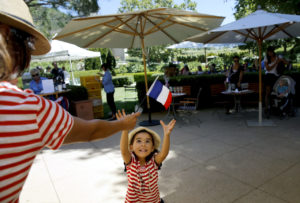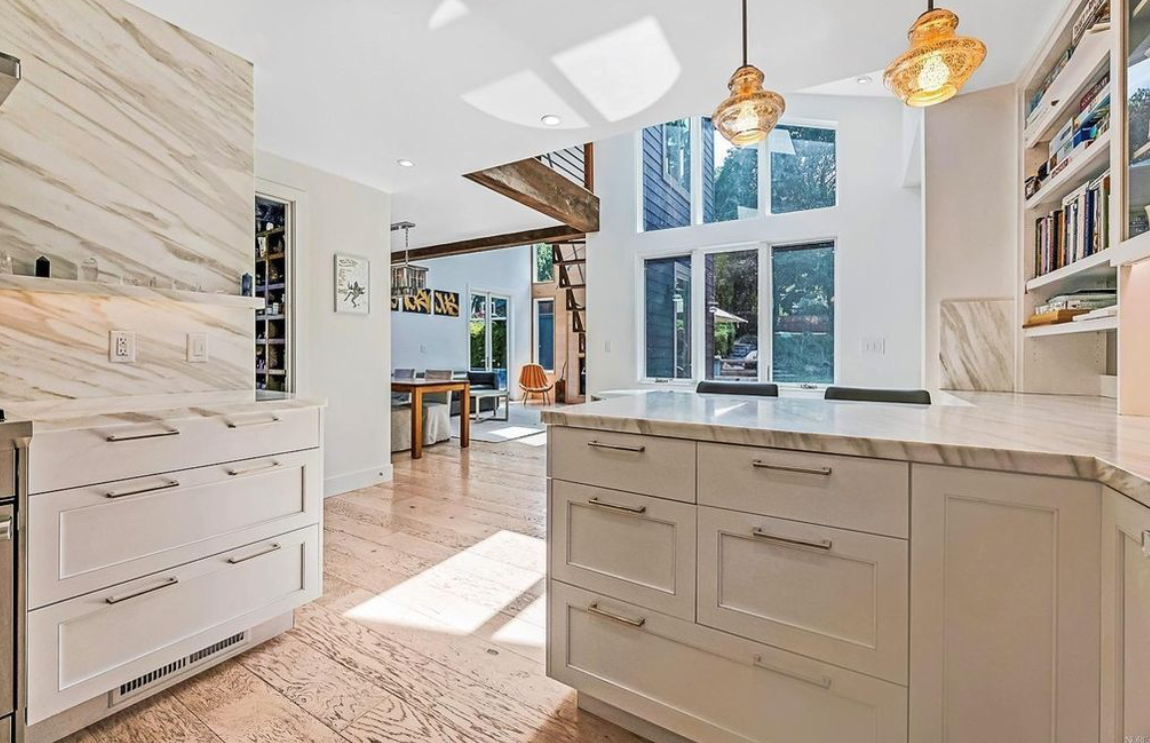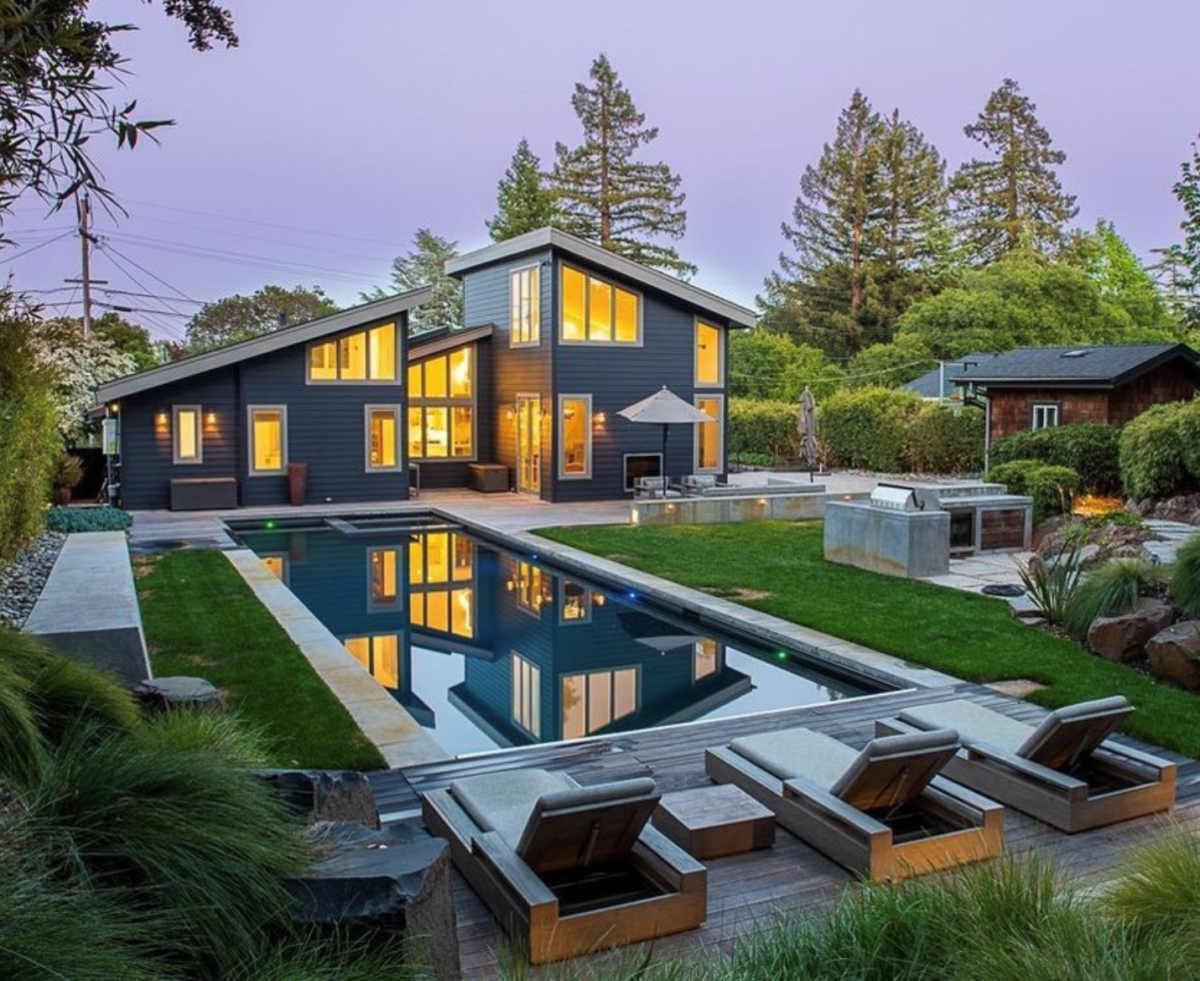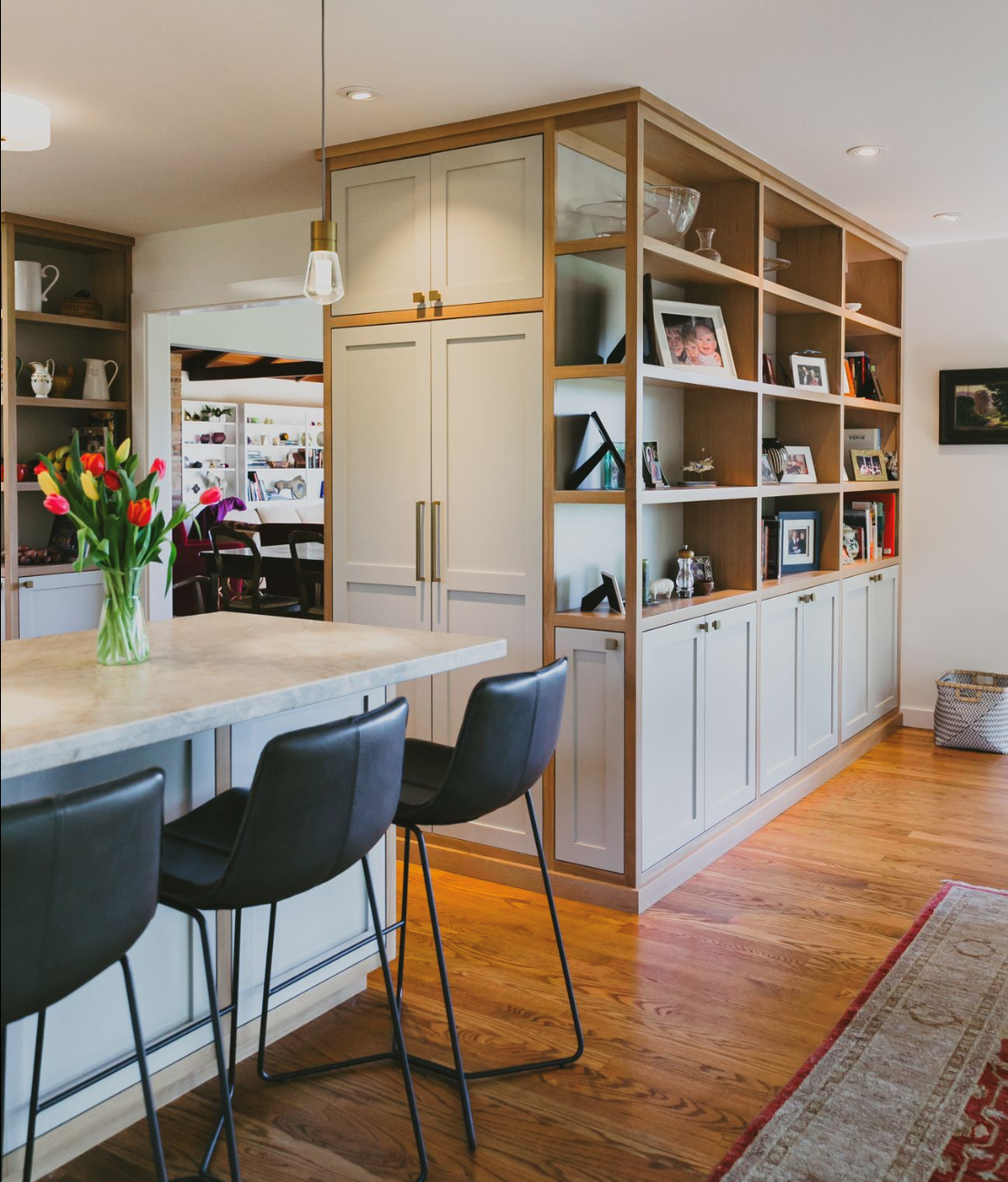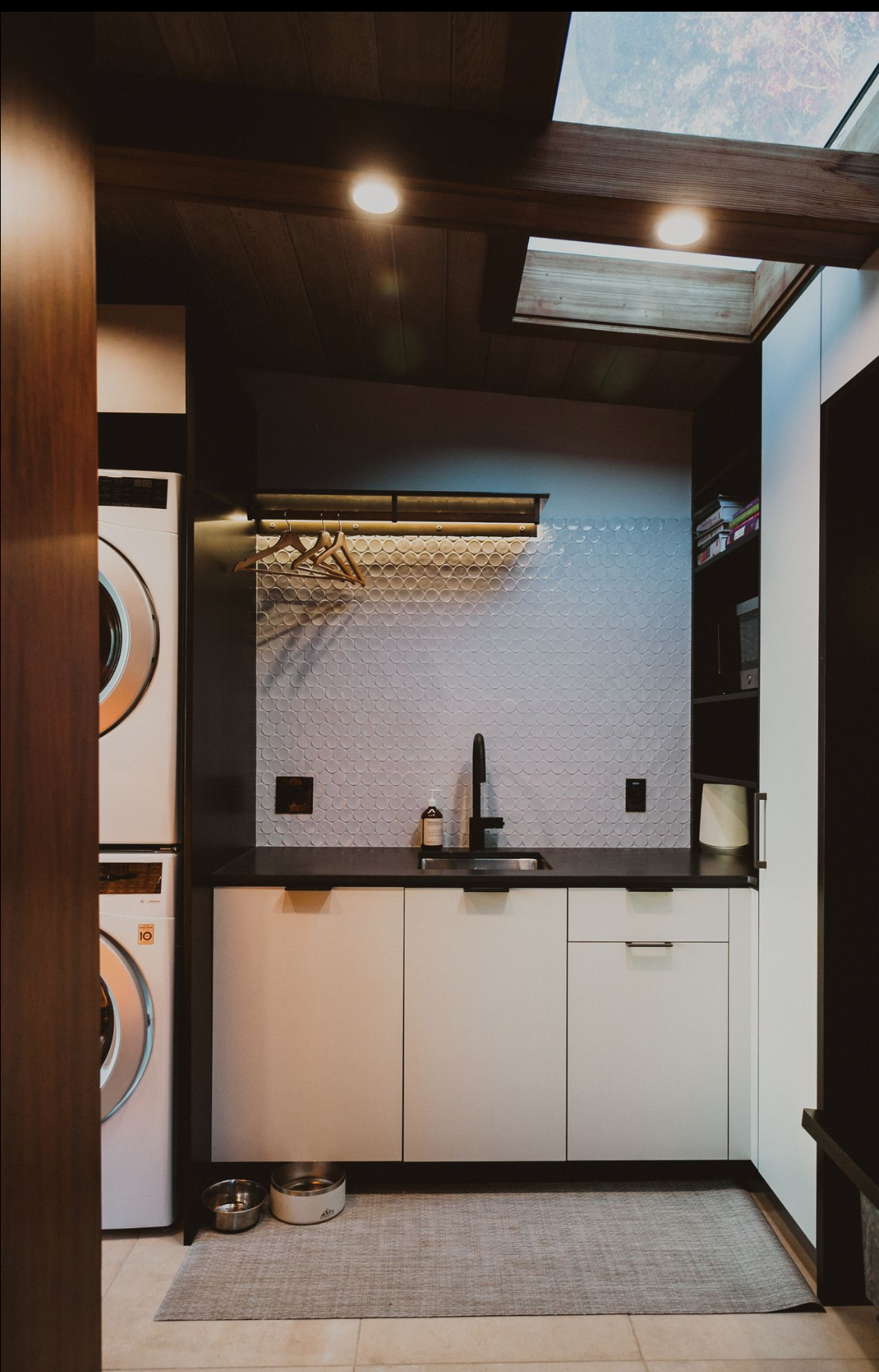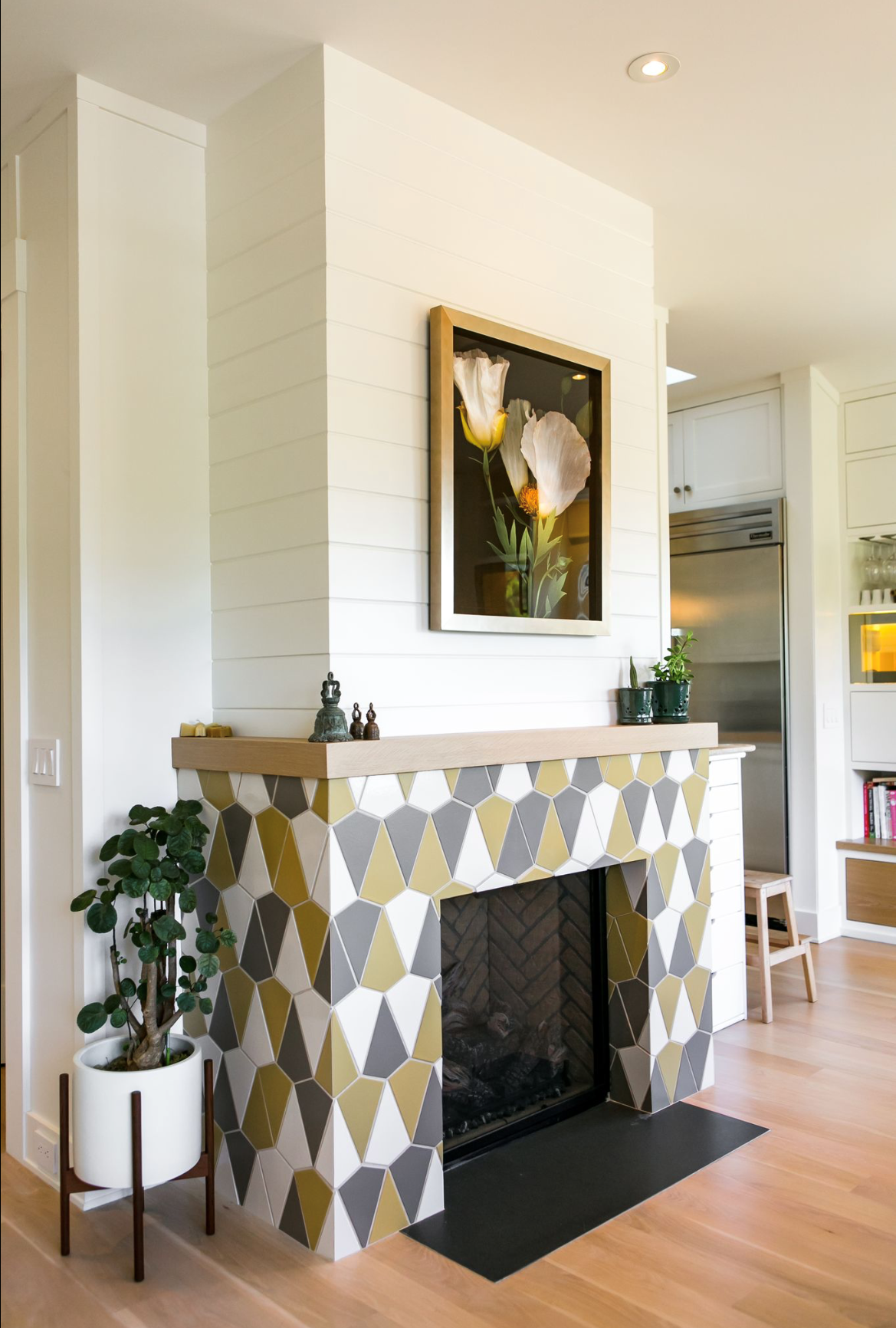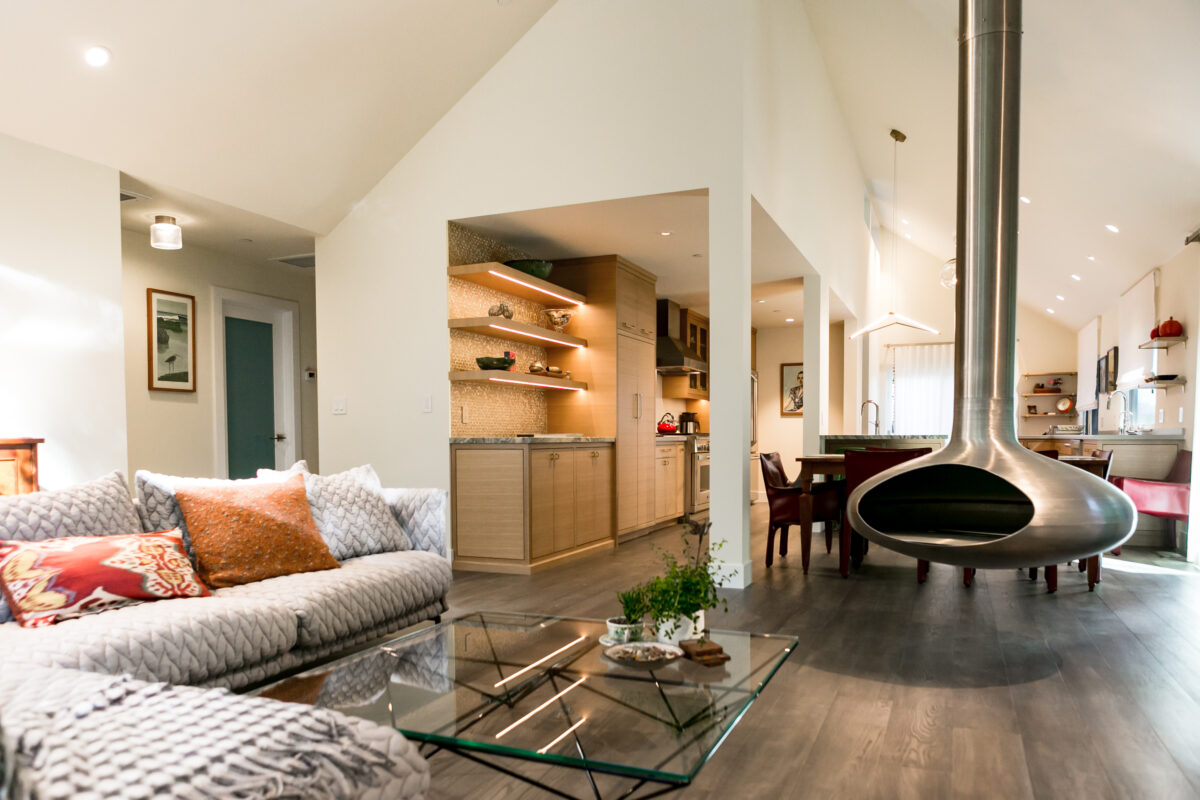It can be hard to pinpoint the signature style of Santa Rosa-based architecture and interior design firm Zeitgeist Sonoma. Their projects don’t fall neatly within popular design categories such as “urban farmhouse” or “mid-century modern.” But there is a common denominator: they find that balance between striking and effortless.
The firm, owned and operated by husband-and-wife designer team Efraim and Jessica Wichmann, takes on a variety of projects that range from exterior restructurings to new constructions. Their portfolio includes ranch homes, farmhouses, cabins and the design of bespoke tile patterns and built-in cabinetry.
The Wichmanns like to discuss their creative process and how they arrive at their particular style. Their first priority is to “meet the pragmatic parameters.”
“We have created a pretty linear and streamlined approach. Whether it’s a renovation or new home — regardless of size — we ensure that our projects stay on time and budget,” said Jessica Wichmann, an interior designer.
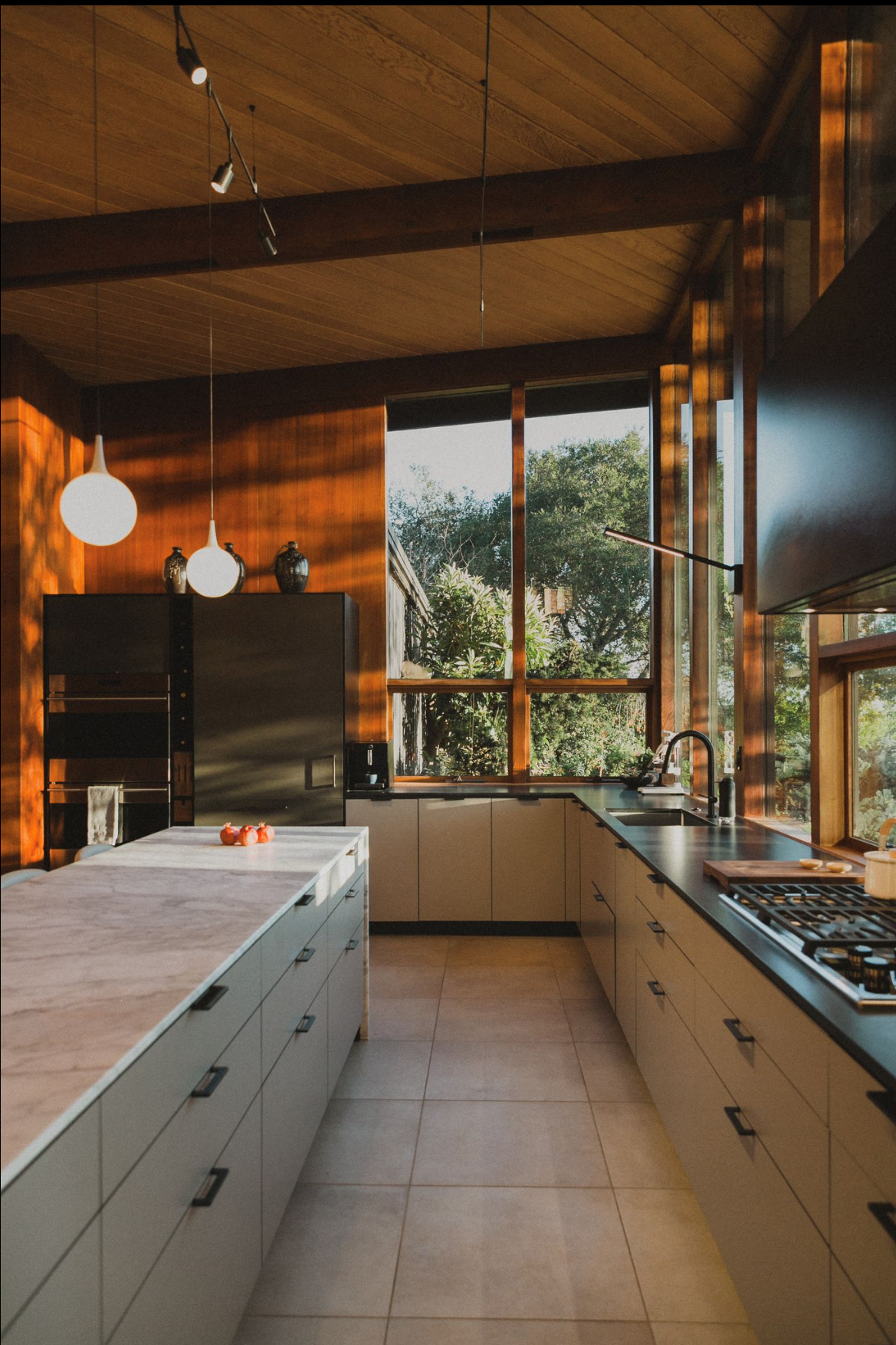
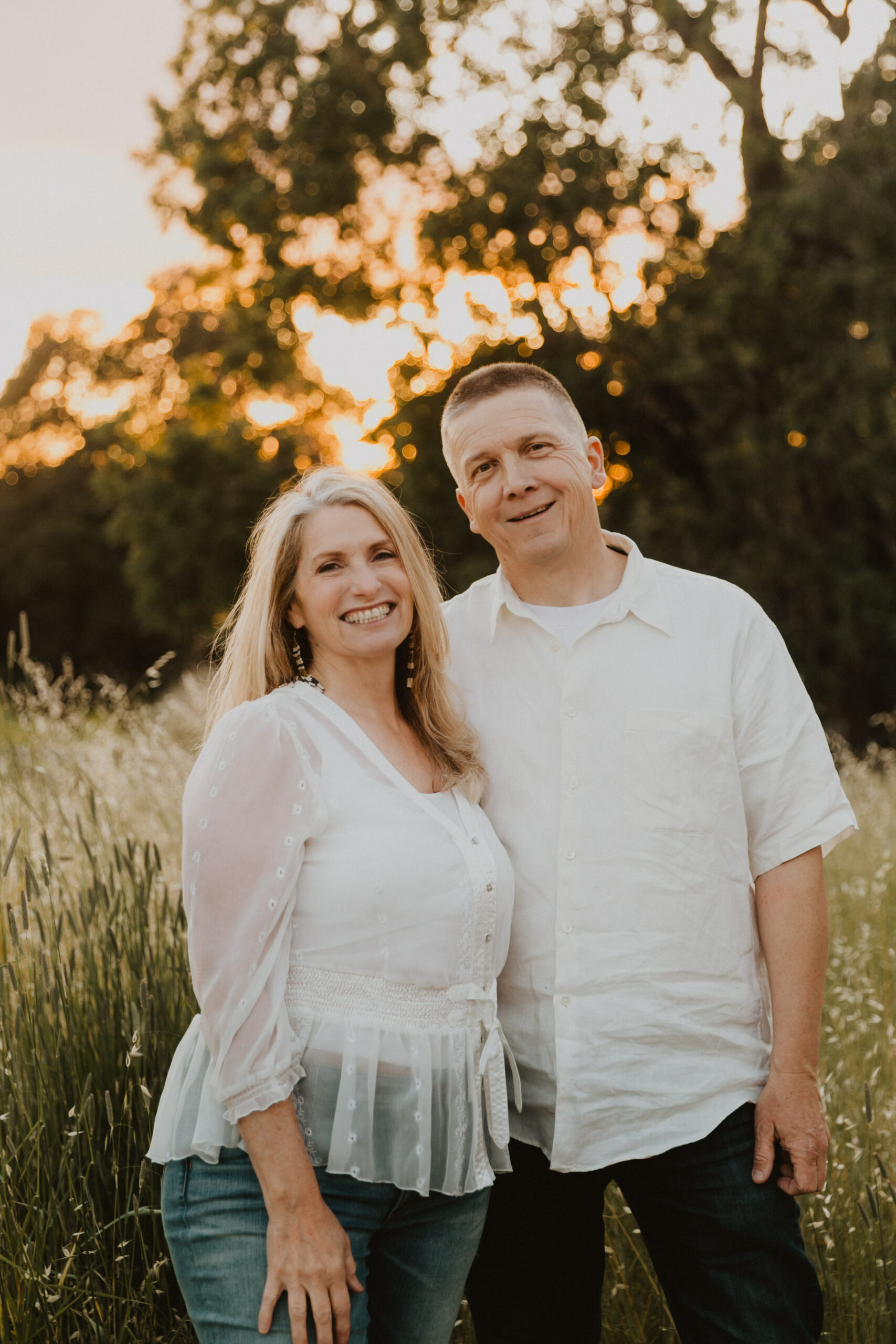
When designing a home, the aim is to make the client feel at home. “Spaces serve as a canvas for the life that happens within them,” said Efraim Wichmann, who has a bachelor’s degree in architecture from Temple University in Philadelphia. “We’re not interested in imposing our personal style.”
In fact, the couple are just as thoughtful when it comes to leaving out or eliminating certain design elements as they are about adding them.
“It’s like the Marie Kondo of the (home) environment,” Jessica explained, referencing the organization expert and Netflix star who advises a strict paring down of belongings, allowing only the most useful and beautiful items or design elements to shine.
The feeling a home evokes is what matters the most to the Wichmanns, who like to create a sense of quiet and serenity in the homes that they design — “something we could all use now,” said Efraim. “The home needs to be somewhere that we can shut things off and turn back to ourselves,” added Jessica.
The design duo describe themselves as house-client therapists. Questions like, “What does this building want to be?” get reconciled with the needs of the people who are going to live in it, “Who are they and how do they live?”
In order to get a better understanding of their clients’ preferences, the couple will sometimes ask them to pick out Pinterest images of homes and interiors that they like.
“If all else fails we give them a Rorschach chart,” joked Efraim.
The husband-and-wife team often makes their clients reflect on the “whys” of their wants. One client, for example, wanted to expand a living space with a 500-square-foot addition. But when the Wichmanns asked what the purpose of that would be, the client couldn’t answer. So they explored other options that tied in with more specific needs.
Another client with young children thought they needed to have a desk in their room. But Jessica, a mother of two, pointed out that her kids never do homework at a desk. Some of the things we think we need in our homes, she noted, aren’t really necessary.
Quality materials and carpentry are key to the success of the couple’s design projects.
“We integrate wood in every project,” said Jessica, who mentioned the many talented artisans and carpenters in the area. The natural elements that the couple integrates in their projects help them create a clean-lined style that also has lots of textures; a style that contrasts to the the starkness of modernism.
The Wichmanns find inspiration in a variety of places: In Europe’s historic buildings and in Victorian homes in cities like Ferndale, California. Most of all, they find inspiration in the natural landscape, in places like Point Reyes, where the couple likes to travel on their Ducati motorcycles, or on top of Taylor Mountain, overlooking Santa Rosa.
“I try to imbue the spaces we create with the feeling of being out in nature,” said Efraim. “Not literally, but in the sense of being at peace with your environment — that’s what I strive for.”




